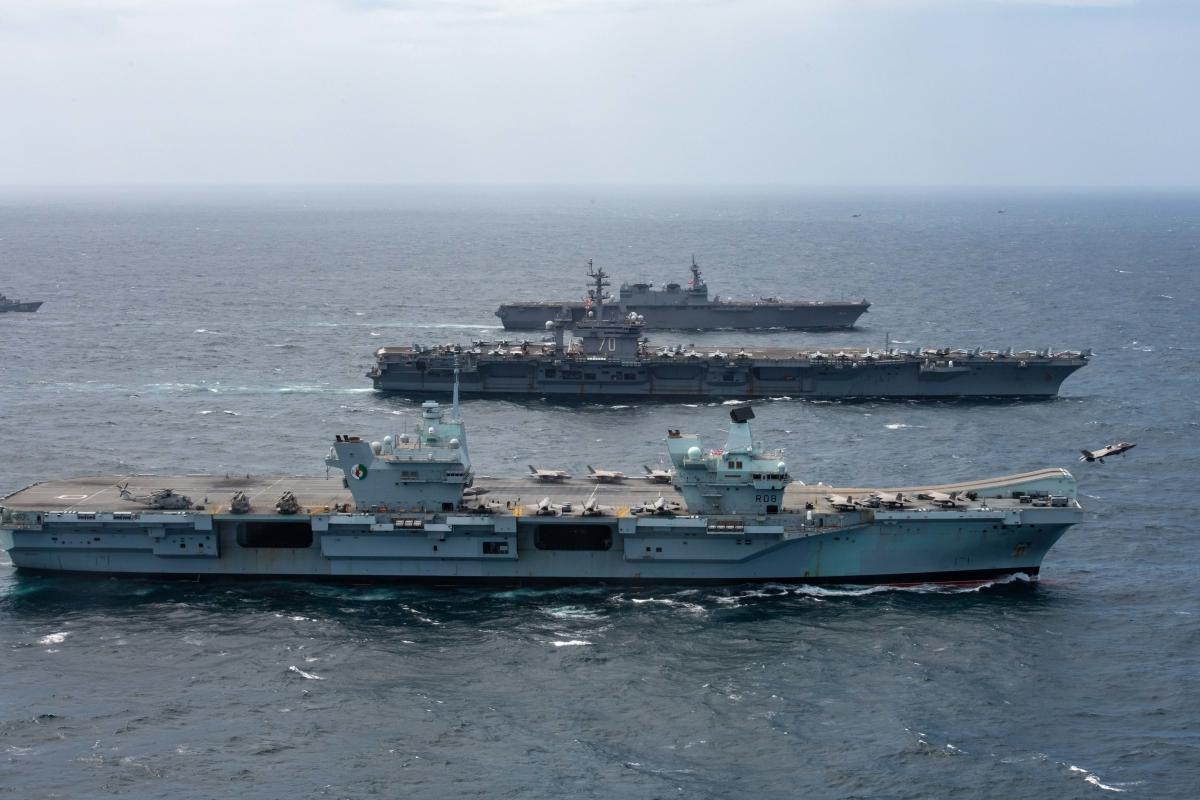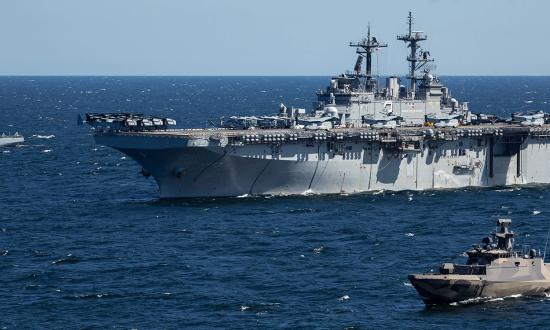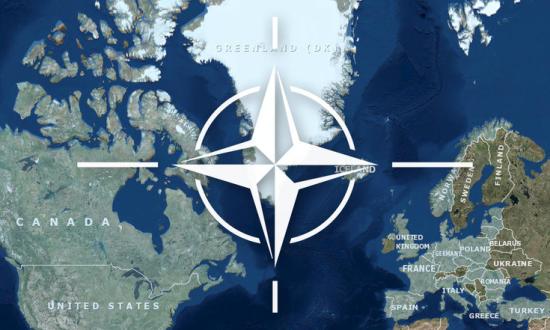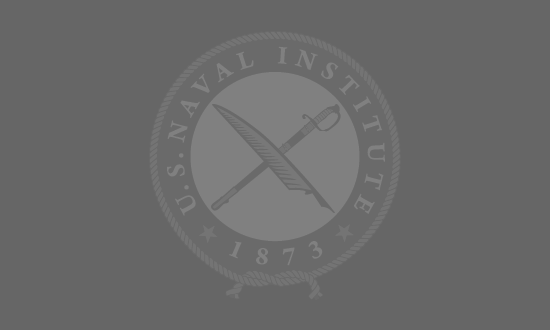In his door-opening statement at the Madrid NATO summit on 29 June, Secretary General Jens Stoltenberg noted that for the first time the People’s Republic of China would figure in the alliance’s new Strategic Concept. “China is not mentioned with a single word in the current [2010] Strategic Concept. China will be part of the Concept we agree at this Summit, and I expect that Allies will agree that China poses or is a challenge to our values, to our interests and to our security. China is not an adversary but, of course, we need to take into account the consequences to our security when we see China investing heavily in new modern military capabilities, long-range missiles, nuclear weapons, and also trying to control critical infrastructure.” This statement did not herald anything truly new. Stoltenberg had been charged with drawing up the basics of a new Strategic Concept in 2019 and his initial report in early 2020 called for NATO to look toward the Indo-Pacific as part of a global approach to security and stability. This reflected the influence of the Trump Administration which was refocusing U.S. security policy towards China, a pivot initiated by the Obama Administration that continues under the Biden Administration.
The NATO 2030: United for a New Era report (released 25 November 2020) states “NATO must devote much more time, political resources, and action to the security challenges posed by China—based on an assessment of its national capabilities, economic heft, and the stated ideological goals of its leaders.” The June 2021 Brussels summit went further: “China’s stated ambitions and assertive behaviour present systemic challenges to the rules-based international order and to areas relevant to Alliance security. . . . It is opaque in implementing its military modernisation and its publicly declared military-civil fusion strategy. It is also cooperating militarily with Russia.” This warning about a Russo–Chinese axis would take on added weight when Moscow invaded Ukraine in February 2022.
The interest of major NATO members in the Indo-Pacific has not been manifest just in words. In 2021, NATO members sent 21 warships into Asian waters where they conducted joint operations with all the regional navies that U.S. diplomacy is trying to pull into alignment against Chinese expansion. Naval forces are the obvious policy tool for European governments to project their power and influence in the region, just as they have been in the forefront of the United States and its Indo-Pacific allies and partners in demonstrating commitment and resolve.
The most important show of force was the seven-month (May–December 2021) voyage of British Carrier Strike Group 21 (CSG21), based on the new HMS Queen Elizabeth aircraft carrier and its escort of two Royal Navy destroyers, two frigates, two support ships and a nuclear-powered submarine. But it was also an alliance effort. The task force included the U.S. Navy destroyer USS The Sullivans (DDG-68) and U.S. Marine Corps squadron, VMFA-22 (known as the Wake Island Avengers), flying F-35B Lightning II fighters from the British carrier. The Royal Netherlands Navy frigate HNLMS Evertsen, however, gave the group its true NATO character. The Dutch have always punched above their weight. The inclusion of Evertsen in CSG21 signaled Amsterdam’s concerns for Chinese violations of maritime law laid out in the Dutch government’s Indo-Pacific Guidelines released in November 2020.
CSG21 sailed through the South China Sea in July of last year on its way to Japan. Beijing issued a series of irate protests throughout its entire operation. Even before it left the British Isles, Chinese defense ministry spokesman Tan Kefei declared that “The Chinese side believes that the South China Sea should not become a sea of great power rivalry dominated by weapons and warships" and that "the real source of militarization in the South China Sea comes from countries outside this region sending their warships thousands of kilometers from home to flex muscles.” It is Beijing’s construction of military bases on artificial islands in the South China Sea that has prompted other nations to send their warships through these waters to maintain their status as international sea-lanes open to free navigation. London has deployed two patrol vessels operating out of Singapore for a sustained presence and may arrange basing access for periodic deployments of nuclear submarines in Australia, which would provide a capability to do more than just wave the flag.
The Royal Navy has sent warships through the Taiwan Strait, as have France and Canada. On the sidelines of the Madrid summit, British Foreign Secretary Liz Truss said NATO must make clear to China that invading Taiwan would be “a catastrophic miscalculation.” She expressed that China's growing global influence and military clout was “an issue for Euro-Atlantic security.”
France has not needed NATO as a motive for Indo-Pacific involvement since it has territories in the Pacific and Indian Oceans that are home to 1.6 million citizens and an EEZ in the region of 9 million square kilometers. It permanently deploys 7,000 military personnel, 20 maritime vessels, and 40 aircraft across its sovereign possessions. Paris understands that these forces are spread thin as tensions rise with China’s push for influence among the small Pacific island states. A 2022 parliamentary report recommends doubling the number of patrol vessels in New Caledonia and Polynesia, creating a corvette program to provide more combat capability, and the acquisition of amphibious vessels for power projection. The French Navy has also increased its forays in the area, transiting not only the South China Sea but also the Taiwan Strait. Last year, a French attack submarine operated in the Indo-Pacific for several months. Also, a task group built around helicopter carrier Jeanne d’Arc conducted a joint exercise with the Quad in the Indian Ocean and Sea of Japan. France considers the Quad its main partners. It has particularly strengthened its ties to Australia; and while the controversial shifting of Melbourne’s submarine acquisition program from France to the United States and Great Britain caused a stir, it has not undermined the strategic relationship because the stakes are so high.
France’s carrier strike group, built around the nuclear-powered Charles de Gaulle, operated with the Indian Navy in the Indian Ocean last year after conducting dual carrier flight operations with the USS Dwight D. Eisenhower CSG in the Arabian Sea. This year, the Charles de Gaulle will operate in the Mediterranean because of the Ukraine War which has focused NATO on Russia’s reemergence as the alliance’s top active threat. However, as French Minister of the Armed Forces Sebastien Lecornu assured his audience at the 2022 Shangri-La Dialogue in Singapore: “While some fear that the crisis in Ukraine would blindside us and lead France to go back on its commitments to the region, this will not be the case.” He pledged that France would continue to participate in joint exercises in the Indo-Pacific. France has also just sold 42 Rafale fighter jets to Indonesia where it will also build two Scorpène-class, diesel-electric attack submarines.
USS Tulsa (LCS-16, background) and the USS Jackson (LCS-6, foreground). The Bayern's
deployment signaled a broadening commitment to Asia-Pacific security by the German
government. (German Navy photo)
Perhaps the most significant naval deployment from Europe to the Indo-Pacific last year was of the German frigate Bayern. In July 2022, German Vice Admiral Kay-Achim Schönbach, then Inspector of the Navy (CNO equivalent), stated “Against the backdrop of territorial disputes in the Indo-Pacific it is important to stand by our valued partners.” Traveling alone, the ship visited Pakistan, India, Sri Lanka, Australia, Vietnam, Singapore, Palau, Japan, and South Korea. It also visited the U.S. bases at Diego Garcia and Guam and engaged in a joint exercise with the U.S., Japan, Australia, and Canada in the Philippine Sea. China claimed this exercise “would threaten regional peace and trigger dissatisfaction among regional countries” and denied Bayern permission to visit China. Berlin had long placed trade with China as a higher priority than security concerns half a world away. Beijing had thus counted on Berlin to be a voice favoring constraint within NATO. But as Admiral Schönbach warned, China’s growing naval power is “explosive” and a cause for concern if it does not follow international law. On its cruise, Bayern monitored UN sanctions on North Korea, as France and Canada have also done.
The importance attached to NATO’s expanded vision in the Indo-Pacific was made clear by the attendance of Japan, South Korea, Australia, and New Zealand at the Madrid summit. But what is more important than a photo op at a diplomatic gathering is the deployment of naval forces in the areas of contention. The war in Ukraine was not deterred because Kyiv was explicitly declared to be outside the security perimeter of NATO. This mistake must not be made in the Indo-Pacific where NATO warships have joined with regional powers to exercise in the contested areas of the South China Sea, Indian Ocean, and even the Taiwan Strait.
Committing naval forces in this manner puts skin in the game for NATO and signals Beijing that a globe-spanning coalition of the world’s most advanced democratic nations (totaling over half of the world’s economy) is arrayed against aggression and in support of a stable international order in both Europe and Asia. The name of this game is deterrence, and expanded naval operations add more than just firepower to the equation. Given Beijing’s wild saber-rattling over U.S. House Speaker Nancy Pelosi’s trip to Taiwan, threats, if executed, could trigger a major regional war. The foundation of deterrence must be strengthened beyond any doubts of its integrity if peace is to be preserved in the Indo-Pacific. Continued NATO naval deployments to the region will be key to that foundation.







